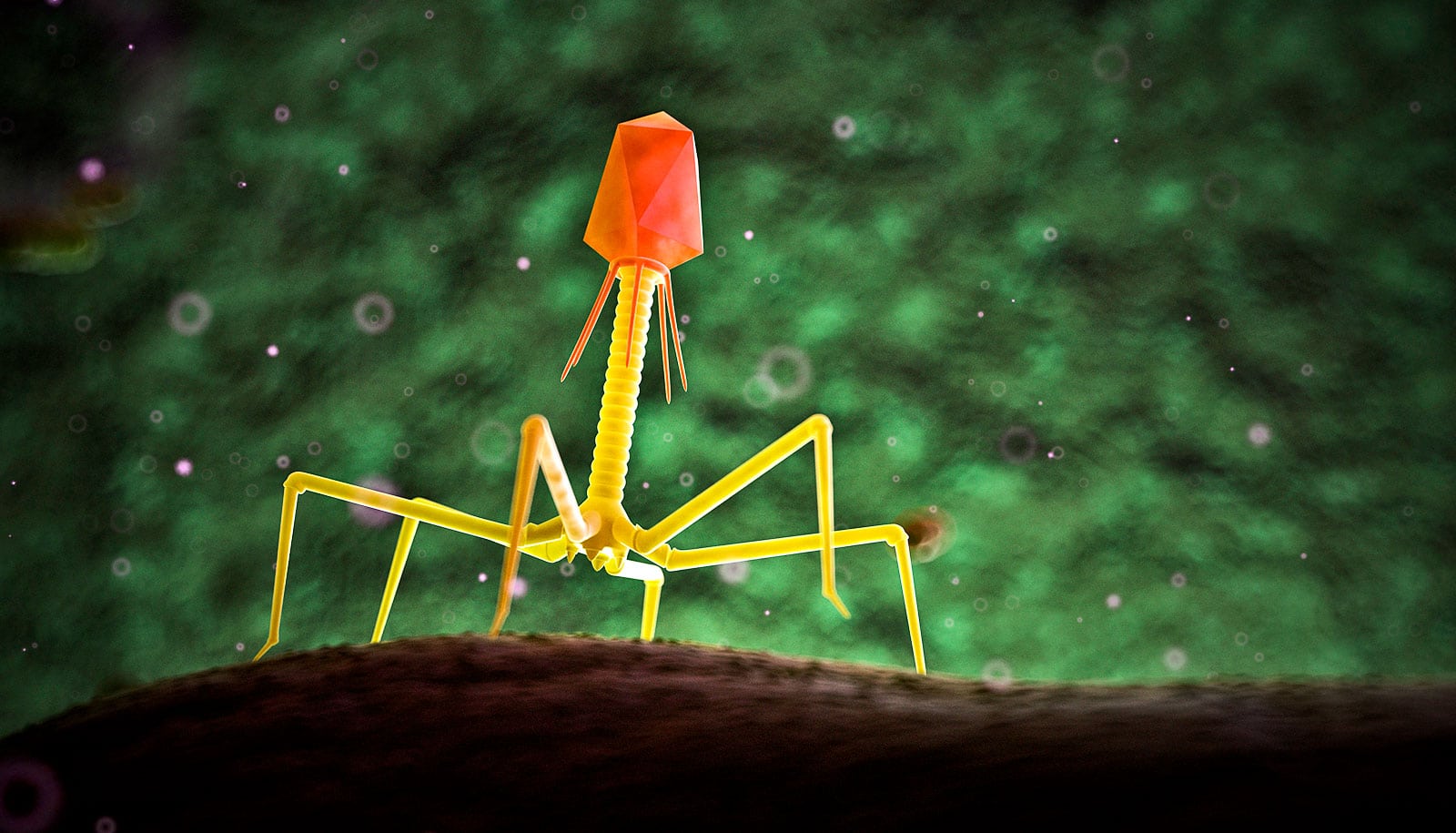Zika virus can penetrate the placenta in early pregnancy, causing miscarriages, studies with mice suggest.
In addition, the virus—already known to cause a birth defect involving smaller-than-normal heads and brains—can also lead to babies born with thin brain tissue and inflammation in brain cells.
The virus that causes the mosquito-borne disease appears to create disorganization in cellular layers of the placenta, layers meant to keep toxins, bacteria, and viruses from crossing from the mother to the fetus, researchers say.
“We need to find a way to stop transmission of Zika through the placenta into the fetus, because that is where the damage is being done,” says study co-leader Sabra L. Klein, an immunologist and microbiologist at John Hopkins University’s Bloomberg School of Public Health.
“In the placentas of our mice, we’re seeing a defense against Zika being mounted, but falling short, especially in early pregnancy, a time that corresponds to the first trimester in humans.”
Scientists build a placenta to study infections like Zika
There is currently no cure or treatment for Zika, which causes relatively mild symptoms in most adults but potentially devastating consequences for developing fetuses whose mothers are infected. For much of 2016, Zika was considered a public health emergency by the World Health Organization, with outbreaks in South America and the Caribbean.
Co-leader Irina Burd, a maternal/fetal medicine physician, is hopeful that the study, published in Nature Communications, is a step toward halting transmission of Zika from mother to child.
“If we can determine what is happening, we may be able to find ways to minimize or even eliminate what can be devastating consequences for children of infected mothers.”
Scientists developed a new mouse model they say is uniquely capable of helping them understand the mechanisms behind Zika transmission to the fetus. Unlike other mice used to study the virus, these have completely intact immune systems similar to that of humans, which allows researchers to see all that is involved in mounting an immune response.
How Zika moves from mother to infect fetus
Researchers injected Zika virus directly into the reproductive tract of pregnant mice during the equivalent of the first trimester in a human. They used several strains of the virus, both older strains—one from an outbreak in Nigeria in 1968 and another from Cambodia in 2010—and strains from recent epidemics in Brazil and Puerto Rico.
Nearly 94 percent of all pregnancies remained viable when a mock infection was introduced during the first trimester, but miscarriages rose significantly after Zika infection, no matter which strain was used.
Viability ranged from 56 percent after infection with the Brazil strain to 71 percent with the Nigeria strain. That means anywhere from 29 to 44 percent of pregnancies were lost following infection. Since miscarriages have many causes, this Zika connection was not previously known.
When the researchers infected the mice in the equivalent of the late second trimester, many fewer miscarriages occurred, suggesting that there is less vulnerability to Zika later in pregnancy.
The placenta is the key organ to a healthy pregnancy. It is typically organized into discrete layers of tissue. Under a microscope, the researchers found that the placentas of the mice infected with Zika virus were no longer organized well.
“This could be why the fetuses in the Zika-infected mice were so vulnerable to either miscarriage or brain damage,” Burd says.
Those mouse pups who did not miscarry and were born after an early infection were likely to have thinner cortexes and have inflammatory cells in the brain, while those born to mothers who had a later infection were much less likely to suffer those effects.
Support for the research came from the Center for Emerging and Infectious Diseases at the Johns Hopkins Bloomberg School of Public Health, the Society for Women’s Health Research, the Integrated Research Center for Fetal Medicine, the Sheikh Abdullah Bugshan Fund, the Merial Veterinary Scholars Fund, and the National Institutes of Health.
Source: Johns Hopkins University



